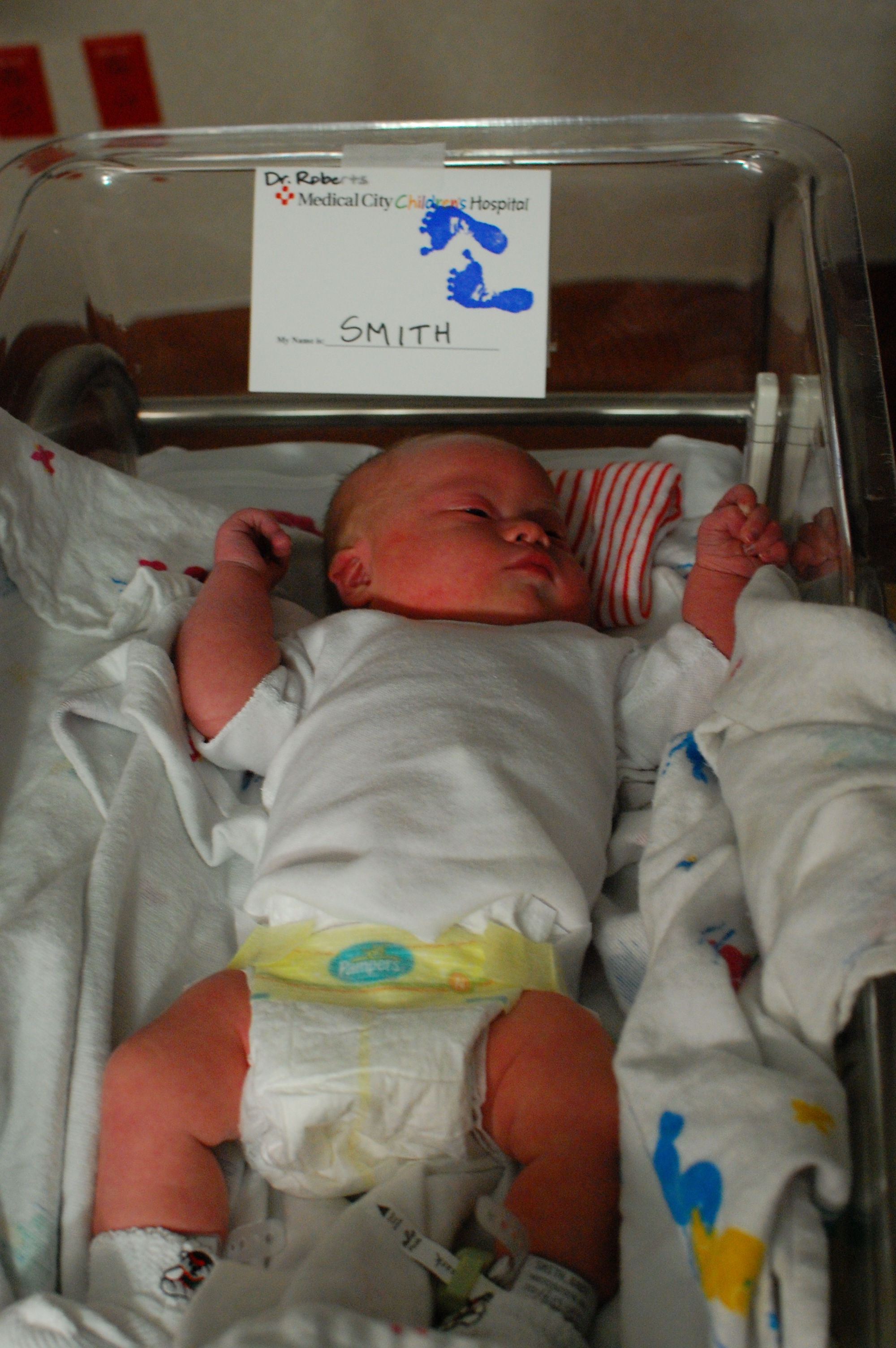Friday, January 31, 2014
Shopping Book Food Cards
As I'm always searching for new ideas and fun ways to store the picture cards/picture schedule for our students, I came across this fun idea. The site used felt or I'm sure you could use fabric too. Their main focus was on food and being able to take it to the grocery store or even using it at the table. I really think this could be taken a farther step and make it a picture schedule instead of using a good old file folder. Don't get me wrong they are easy and come in hand, but I always like to make things difficult/pretty. LOL On this website, I have only looked at this project. I'm sure she has more to offer.
I won't even begin to explain how to complete this project. I'm sure anyone who knows me....knows I LOVE to make things and I always love the challenge.
Here are the materials you will need: Kids' Shopping Book Food Cards
Materials
food cards--only for word cards
felt
iron-on fabric sheets for printers (white)--only for word cards
two-sided fusible webbing (I like Heat ‘N Bond—lite if you are sewing and ultra if not.)
velcro strip (opposite side from the Shopping Book)
Click on this link to take you to the tutorial:
Characteristics of Down Syndrome: Physical Features, Traits, & Markers
5 Physical Characteristics Of Children Born With Down Syndrome
1. Up Slanted Palpebral Fissures
2. Flat Profile
3. Protuberant Tongue
4. Single Palmar Crease
5. Hypotonia
I deleted the pictures out that they had posted on their website. This information came from: http://noahsdad.com/physical-characteristics/
Wednesday, January 29, 2014
Week of February 3rd through the 7th

Wednesday, January 15, 2014
He never seems to AMAZE me!
At some point, I try and find things that are inspirational and motivating. This week I'm showing a student who amazes me from week to week. He also makes me laugh a lot. We have been working on the letters of the alphabet and like another video I posted showing him completly saying the letters all by himself, he now likes to drag the letter sounds out and then look at you for you to say the letter. I hope you enjoy. Remember no matter how difficult a student can be or you think you are getting no where. Just remember you ARE making a difference!
Tuesday, January 7, 2014
Progress with my activities!!!
Last time I posted how I love teacherspayteachers.com and all the wonderful material they have. Some are free and some you pay for. Even paying having to pay for them, I think the most expensive one I have seen is 20.00 and that comes with over 300 pages of wonderful activities. Anyways, I have spent a lot of cutting, laminating and more cutting. Here is my progress so far......
Still more cutting to do!!!
I also like to print things out in black and white when they are coming in and I maybe working with another student. This also helps me Asses them as to where they are at and what we need to work on and refresh. Sometimes, when we have longer breaks, they might regress some.
Friday, January 3, 2014
Making New Activites
Being a special education teacher, I've learned that students learn more and pick up faster on a learning task by having fun. This way they don't realize that they are learning at the same time. Don't get me wrong, I do give worksheets for assessments and making sure they are understanding the materials. I'm currently working on addition, subtraction, multiplication, division and telling time. I've also found some activites for adaptive physical education, that not only can you use in the gym, but in the classroom to help release some stress or sensory over load a child might have. I will post more pictures of the activites as I make the activites and pictures of them being used. With every activity that I come across and make, I cut them out, laminate them and cut them out again. This way they last a long time.
I found these on teacherspayteachers.com. Great website!!!!
Thursday, January 2, 2014
Merry Christmas
The last day of school, we had a party to celebrate. It was a time to give the students a break and have fun. There was no requirements of students to bring presents, but as a teacher I did have presents for everyone of my students. I though I woukd share our party. The students seemed to have a lot of fun. We had popcorn and a movie.
My awesome para that helps me out with this group.
Silly Sentences and Funny Phrases
I believe I have shown the Funny Phrases, but a new one is Silly Sentences. With the Silly a Sentences, the students are to follow a pattern. These include: who did what, when and where. With the Funny Phrases, they have a color code system to follow, but the students are required to select the ending on how a student should end the sentence. Here are some pictures of the students in action.
Once they form the sentence, they are required to write the sentence down. This way they are also able to see it formed as a whole.
During Christmas break, I will continue to look for more ideas. I believe that providing students activities that include hands on are a better learning experience. Don't get me wrong, we still do worksheets to make sure they are understanding the materials.
















